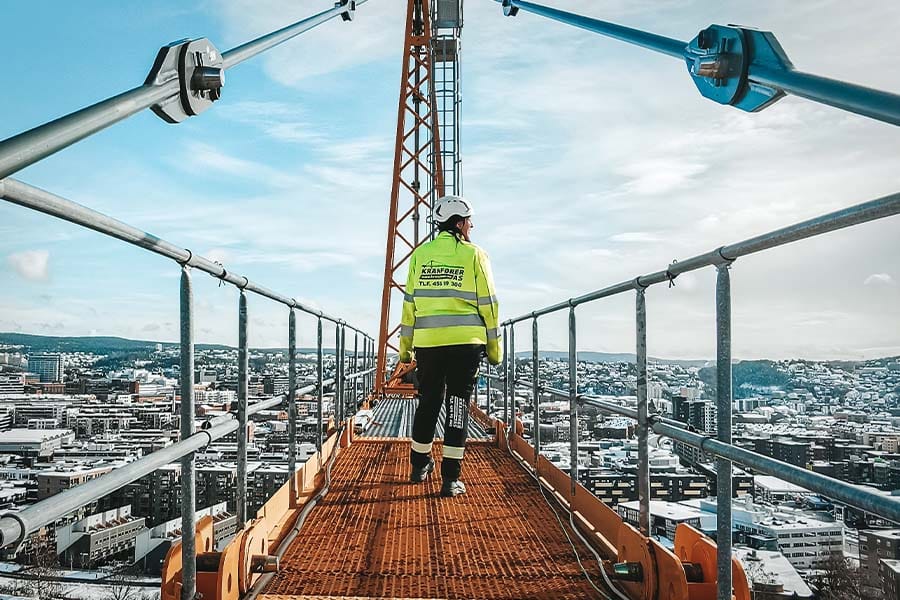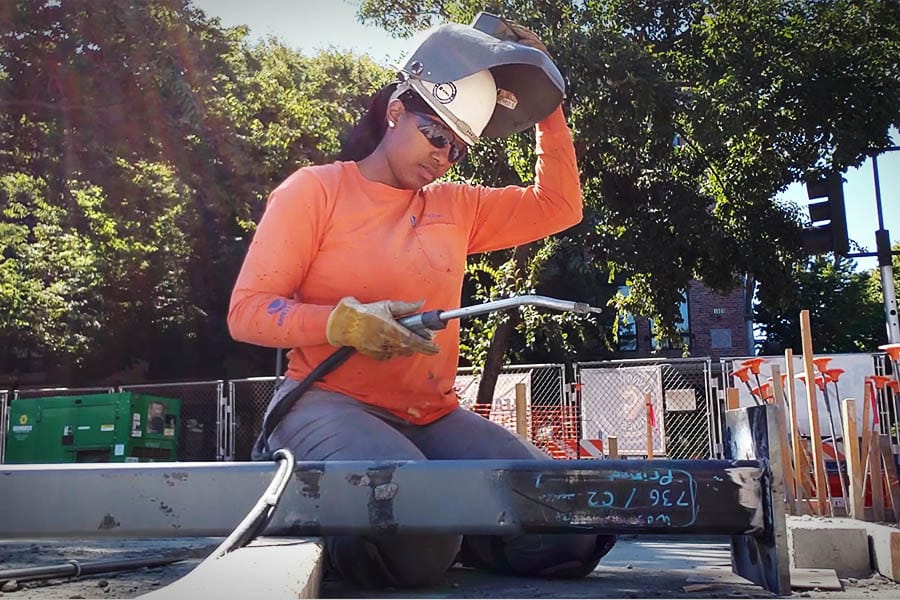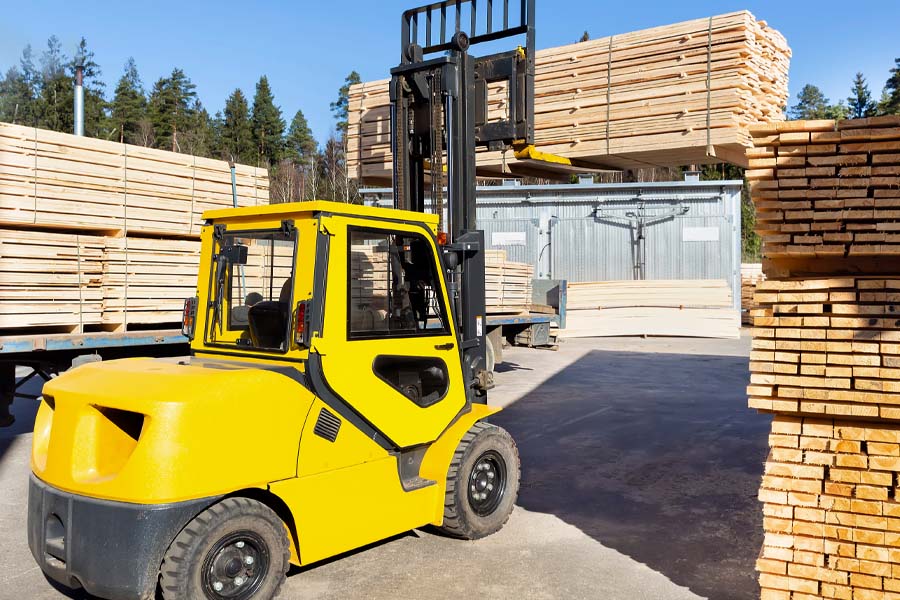Southbank by Beulah (STH BNK) is set to begin construction in 2022 in Melbourne and features an extraordinary plan to add green space to the city. A mixed-use, dual tower project, STH BNK will feature more than nearly 3 ½ vertical miles of vegetation on a lot less than one-tenth that size, built into a system of terraces. This continuous green space will climb up more than 1,181 feet and more than 165 stories upon the slender, twisting facades of the dual skyscrapers, making STH BNK the world’s tallest “greenscraper,” as well as the tallest building in the entire Southern Hemisphere.
The project was conceived in 2018 when Australian developer Beulah acquired a site in Melbourne’s Southbank and launched an architectural design competition pairing local firms with the world’s most famous architects. The competition received international attention; the winner was Dutch firm UNStudio and Cox Architecture with a plan they called “The Green Spine.”
The plan features a continual green space that rolls directly over the top of the residential tower in an area called the “Future Gardens” and spills out between the towers as a park, complete with tall trees and fern gardens.
Taken together, the space and buildings will appear as an extension of the natural verdure of the Southbank Boulevard and the Melbourne Botanical Gardens. The lowest levels of the buildings will feature a diversity of small shrubs suited to Melbourne’s climate, with taller trees and winter plants at higher levels. All plants were chosen for their ability to withstand the highly variable Melbourne climate and will be fed, irrigated and monitored through an autonomous system that requires minimal gardening and maintenance.
Conceptual artists, landscape designers and sustainability professionals all advised the architects and engineers of UNStudio and Cox Architecture during the early planning stages of STH BNK, which will also use state-of-the-art design and smart technology to maximize energy efficiency and future-proof the building against changes in climate.
But such an incredible design comes with numerous engineering challenges. At 1,200 feet, the ultra-slim Green Spine has a height to width ratio of 13.5:1, and a rotating design made more complicated by the Coone Island silt at the base and strong Melbourne winds above. Excavation for the basement will go 66 feet deep, with a slab of nearly 7 feet of concrete at the base, and diaphragm walls up to 5 feet thick. Above ground, offset walking columns are planned around a central core, and every plant floor will use an additional belt wall and outrigger walls to reduce wind shear. A hanging-chain mass damper at the top will mitigate sway and naturally will be available to the public as a design element.
The final design process for STH BNK is ongoing and exceedingly complex, requiring a computational design and workflow to solve the myriad of challenges in building a twisting, slim, supertall tower and then covering it in plants.
Ben May is the director of digital transformation for Australia and New Zealand Buildings and Places at AECOM supervising the digital engineering for STH BNK. According to May, “one workflow that we were able to embed into this was the ability to quickly visualize the design, and through our computational workflow that design could be in a 3D model environment where the client could obviously see quick visualizations of their structure. But then we also took that server where we could extract the information into the 2D format very efficiently as well.”
May continued: “Bluebeam’s a platform and a software that we find very efficient, very effective in communicating that type of information, so we can extract from our computational design model, automate planned generation, and that can be updated very quickly through the process. If we make a few key changes to our requirements or to the architectural design, we can update that information very efficiently into our building platform. So that’s a really key benefit for us early, especially early in the project to get those efficiencies.”
Our cities need to be greener. Green spaces in cities absorb noise and air pollution, reduce temperature and offer intangible social and cultural benefits to the population. In recent years, engineers and architects have sought new ways to integrate green spaces into urban environments, notably in projects such as The High Line in New York, Gardens by the Bay in Singapore or the BeltLine in Atlanta, and by the proliferation of rooftop and vertical gardens. STH BNK is planned to finish construction in 2027.
When the project is complete, there will be no more radical and dramatic example of integrated green spaces in a city anywhere in the world.














